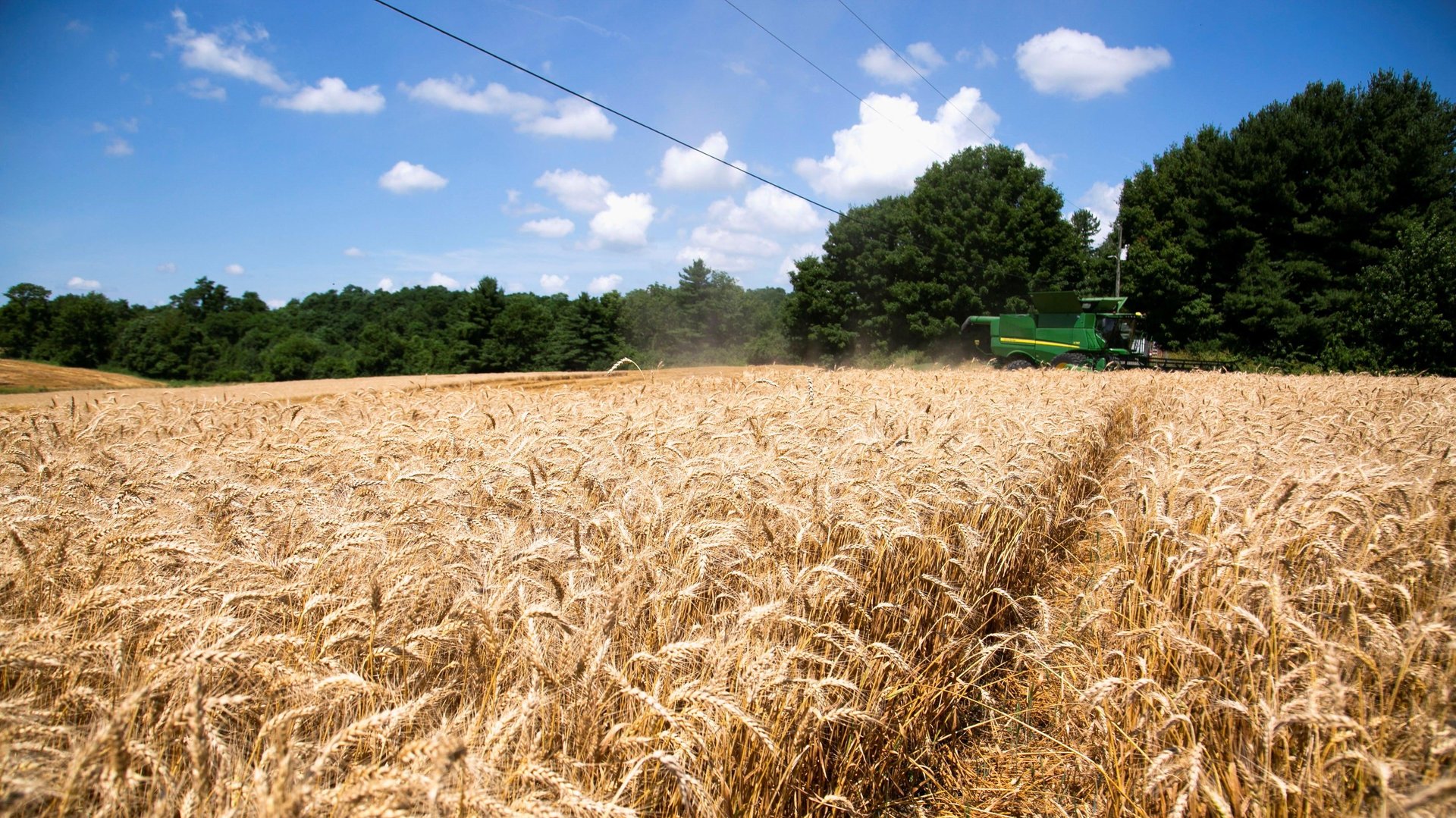A new study of high US food prices says the culprit is consumer behavior, not inflation
Commodity prices have much less influence on US food prices than consumers do, the researchers found

The covid-19 pandemic pushed food prices to record highs. Only since September has the rate of change in food prices started to decrease, but prices are still up a lot—10.6% year-over-year in the US in November, according to the US Bureau of Labor Statistics (BLS). That, in part, reflects a decline in commodity prices such as wheat and corn finally reaching the supermarket.
Suggested Reading
But the decline in the price of commodities may have less of an influence on grocery prices than we think. A research note in September from the Federal Reserve Bank of Kansas City found the increase in food prices is driven more by a change in consumer behavior. That is, grocery prices are more about supply-and-demand forces rather than production costs.
Related Content
Why commodity prices have a limited influence on US food prices
Food prices, similar to energy prices, are excluded from measures of core inflation because their prices can be too volatile and are highly influenced by specific supply shocks. But over the past two decades, food prices have been less volatile than energy prices and agricultural commodity prices, according to the report.
That suggests the pass-through from changes in commodity prices to overall food price inflation may be limited, the economists Cortney Crowley and Francisco Scott wrote. Instead, spending on groceries may have a bigger influence on food prices, particularly, during the pandemic.
How a change in consumer behavior pushed up food prices
The researchers found that increases in income can boost demand for certain foods. During the pandemic, household consumption of meat in the US rose, which contributed to higher meat prices. In October 2021, the index for beef rose 17.6% year-over-year.
At the same time, though people still spent more at restaurants than grocery stores, spending on groceries increased substantially due to covid-related lockdowns and uncertainty around the virus, the researchers found.
Grocery prices are starting to ease
In 2021, as covid restrictions were lifted, people once again shifted the majority of their food spending toward restaurants. The rate of change in grocery prices has started to drop, which suggests demand for food purchased at grocery stores is softening.
Overall, in the past two decades, food prices have stayed relatively stable but skyrocketed during the global pandemic. The researchers conclude that recent declines in commodity prices may do little to ease the price consumers pay for food. Instead, lower wages—which also typically drive down food inflation—plus a slowdown in demand at grocery stores could put some downward pressure on food inflation.